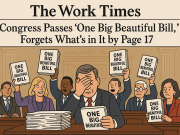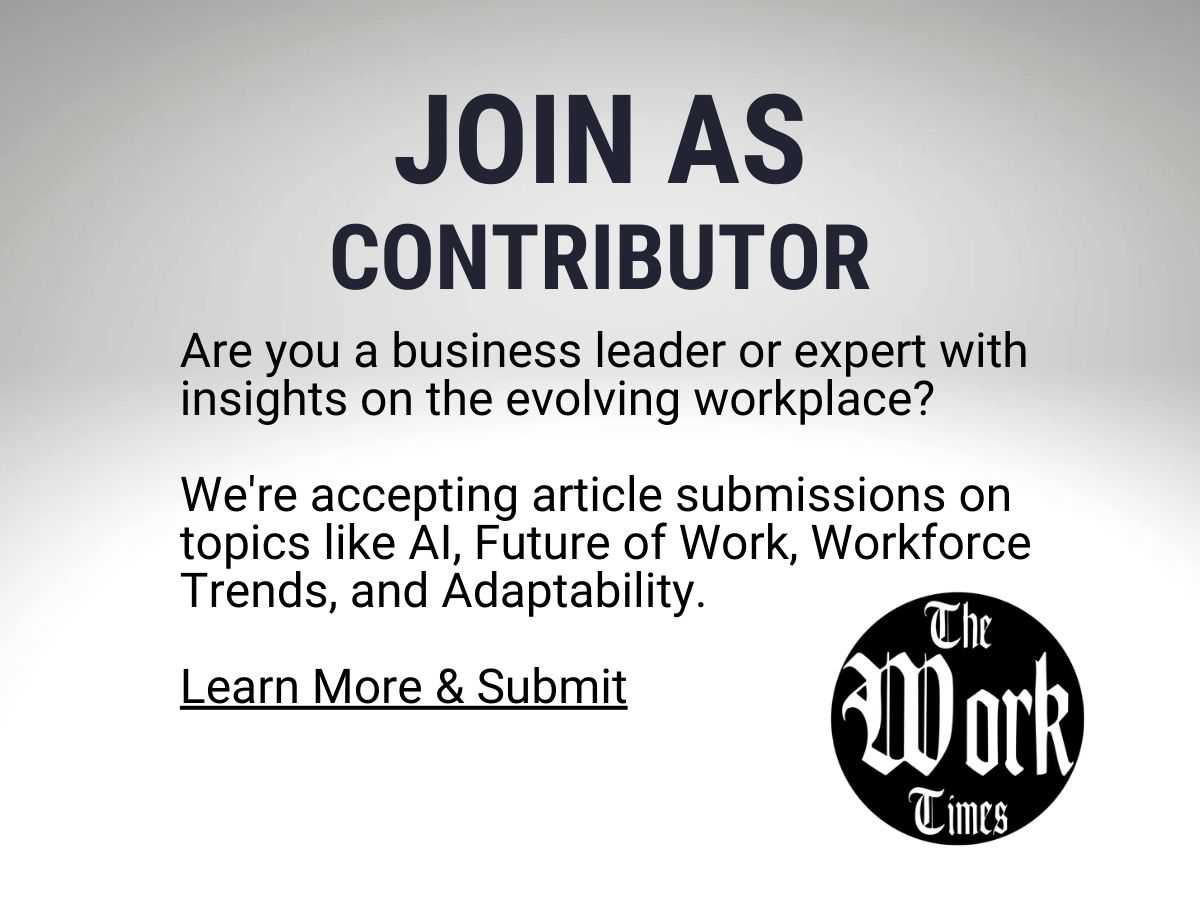<h2>Introduction</h2><p>The workplace is evolving at a pace never seen before, fueled by technological advancements, globalization, and shifting economic landscapes. As we step into this future of work, the ability to adapt and excel becomes paramount. One of the most powerful tools working professionals can leverage in this new era is the art of problem reframing. By learning to view challenges from new perspectives, professionals can not only navigate complexities but also innovate and thrive in their careers.</p><h2>Understanding Problem Reframing</h2><p>Problem reframing is the practice of looking at an issue from multiple angles to uncover new insights and solutions. It involves shifting away from traditional problem-solving approaches, which often involve the rush to find immediate solutions, and instead focusing on reconstructing the problem itself. This cognitive flexibility allows professionals to explore creative alternatives and adopt a broader mindset, turning obstacles into opportunities.</p><h2>The Importance of Problem Reframing in the Modern Workplace</h2><p>In an era defined by rapid change, the ability to reframe problems is increasingly important for several reasons:</p><ul><li><strong>Enhanced Creativity:</strong> Reframing encourages out-of-the-box thinking and innovation, as it pushes individuals to consider possibilities that might not be immediately obvious.</li><li><strong>Improved Decision-Making:</strong> By understanding a problem deeply, professionals can make more informed and strategic choices, reducing risks associated with hasty decisions.</li><li><strong>Increased Resilience:</strong> Viewing problems through different lenses helps build resilience, enabling professionals to adapt to challenges with greater ease and confidence.</li><li><strong>Better Communication:</strong> A reframed problem often facilitates better communication, as it clarifies the issue for all stakeholders involved, fostering collaboration and alignment.</li></ul><h2>Steps to Reframe Problems Effectively</h2><p>To master problem reframing, professionals can follow these steps:</p><ol><li><strong>Embrace Curiosity:</strong> Approach challenges with a sense of curiosity, asking open-ended questions to explore various facets of the problem.</li><li><strong>Identify Assumptions:</strong> Recognize and challenge any assumptions that may be limiting your understanding of the issue.</li><li><strong>Seek Diverse Perspectives:</strong> Engage with colleagues from different backgrounds and departments to gain fresh insights and viewpoints.</li><li><strong>Define the Problem Clearly:</strong> Ensure that the problem is understood and articulated clearly, avoiding vague or overly complex language.</li><li><strong>Experiment with Solutions:</strong> Generate a range of possible solutions, even those that might seem unconventional, to expand your options.</li><li><strong>Reflect and Iterate:</strong> Continuously reflect on the outcomes of chosen solutions and be willing to iterate as new information and perspectives emerge.</li></ol><h2>The Future of Work</h2><p>As the workplace continues to evolve, professionals who excel at problem reframing will be better equipped to lead and innovate. The future of work demands agility, creativity, and an open mindsetqualities that are nurtured through the practice of reframing. By embracing this skill, working professionals can position themselves as valuable assets in any organization, ready to tackle the challenges of tomorrow.</p><h2>Conclusion</h2><p>Problem reframing is not just a skill but a mindset shift required for success in the future of work. By redefining challenges, professionals can elevate their impact, foster innovation, and drive their careers forward. As we navigate this ever-changing world, let us not only solve problems but redefine them, unlocking untapped potential and opportunities.</p>
We provide you with the latest breaking news and videos straight from the world of work, worker, and workplace
Contact us: [email protected]




























